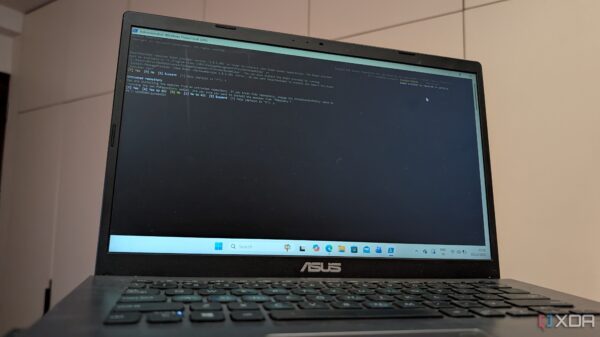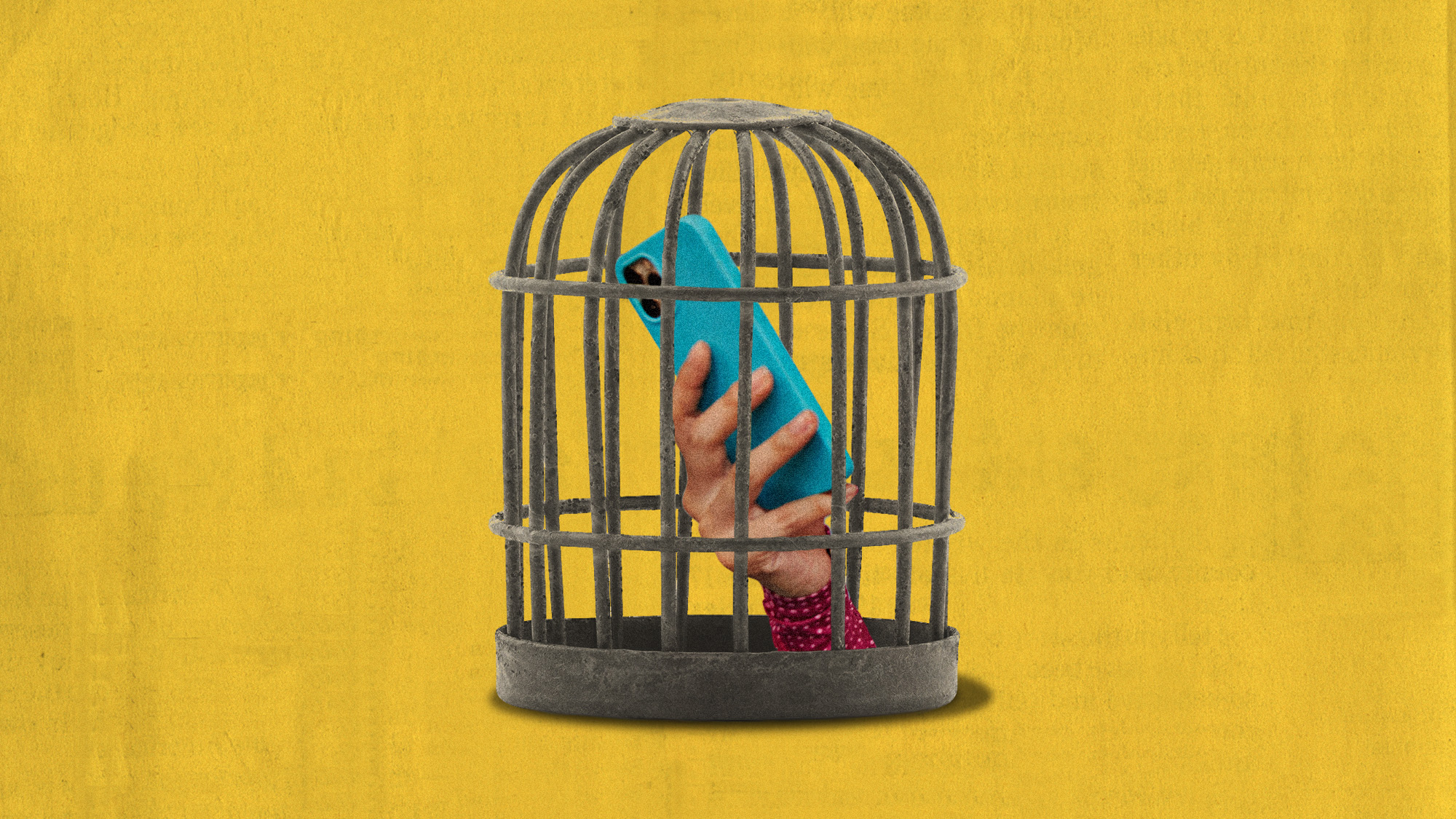A growing trend among students is the return to technology that predates smartphones, spurred by increasing bans on mobile devices in schools across the United States. As educational institutions implement strict “bell-to-bell” phone bans, students are embracing older gadgets such as flip phones, digital cameras, and even iPods. This shift reflects a creative response to the limitations imposed on smartphone usage and a desire for simpler times.
The resurgence of older technology is particularly noticeable in schools implementing cellphone restrictions. According to The New York Times, the fondness for devices like Walkmans and Polaroid cameras has reached new heights, especially in light of smartphone bans that affect more than a dozen states. The trend highlights a broader cultural appreciation among Gen Z and Gen Alpha for what many perceive as a quieter, more comfortable era before smartphones became ubiquitous.
The nostalgia for pre-smartphone life is not just about technology. Educators have also reintroduced non-Internet games and activities. One school reported that its cellphone ban led to a revival of traditional pastimes, including puzzles, chess, and various crafts. These initiatives aim to foster social interaction and creativity among students. The Washington Post noted that activities have expanded to include sewing machines, laser engravers, and calligraphy tools.
Positive Impact on Student Behavior
Schools instituting cellphone bans have observed significant changes in student behavior. Jonathan Haidt, author of The Anxious Generation, shared with the BBC that discipline problems have decreased, resulting in “less fighting, less drama,” and lower truancy rates. In a classroom environment devoid of constant mobile distractions, students report increased enjoyment in their interactions with peers.
Former student Madeline Ward from Bethlehem High School in New York stated, “You just saw a lot more people being outgoing and finding people to talk to when they might not have in the past.” The feedback from both students and teachers suggests that the absence of smartphones has made school life more engaging and sociable.
A Call for More Engagement
Teachers like Joel Snyder, who teaches government and economics in Los Angeles, advocate for the benefits of limiting smartphone access. Snyder emphasized that students deserve “more space to be present in the classroom, more opportunity to engage with each other, and more time away from screens.”
The trend of embracing older technology and banning smartphones reflects a significant cultural shift among younger generations. As schools navigate the balance between tech use and interpersonal communication, there is a clear desire for a more connected and engaged classroom environment. The revival of retro devices not only serves as a nostalgic escape but also fosters a more authentic social experience among students.
This evolution in technology use among students indicates a deeper yearning for genuine connections that go beyond the digital realm. The ongoing conversation about smartphone use in schools highlights the importance of creating environments conducive to both learning and social interaction.






































































